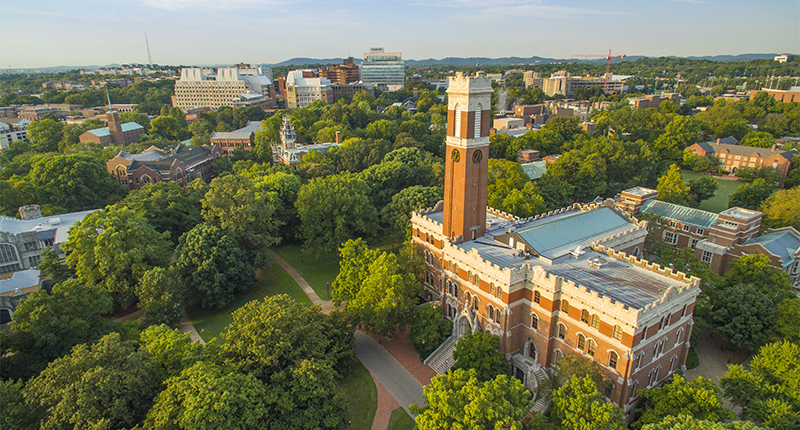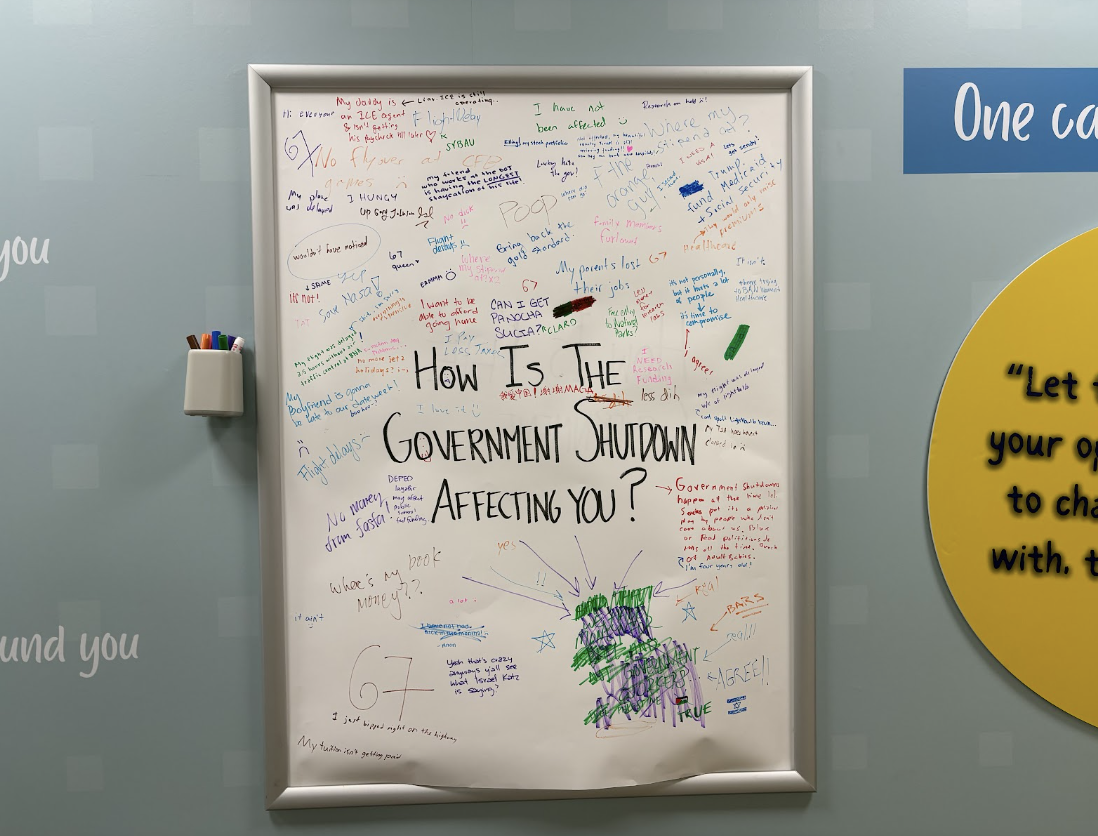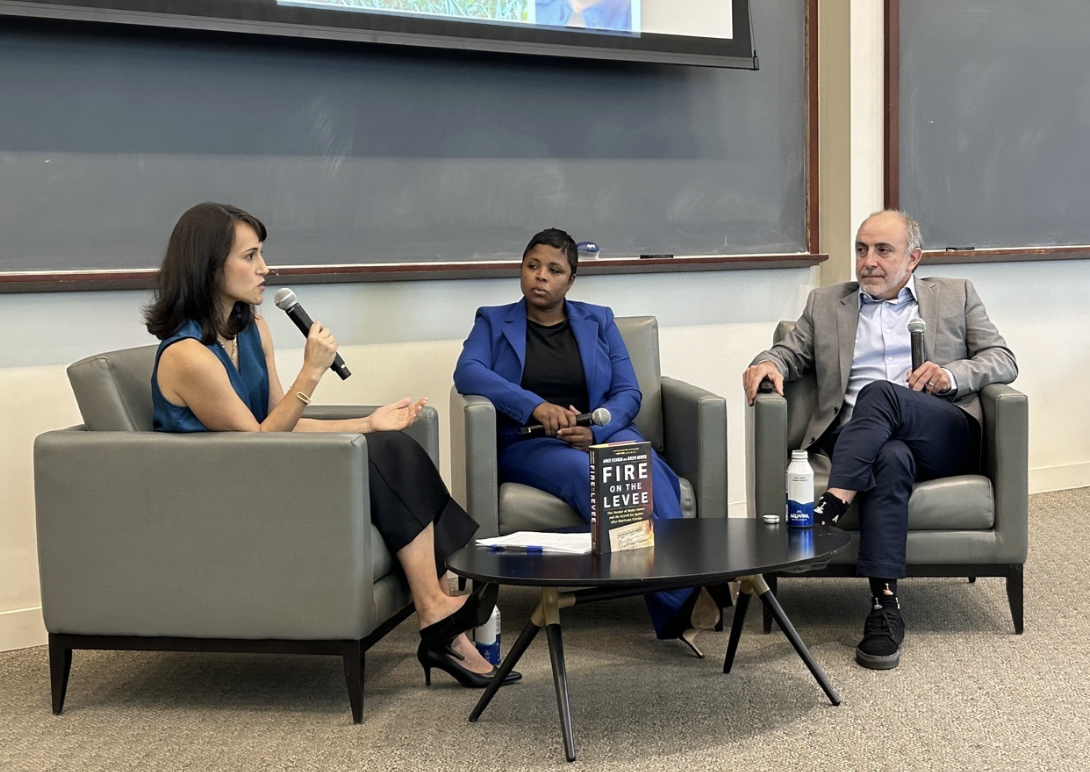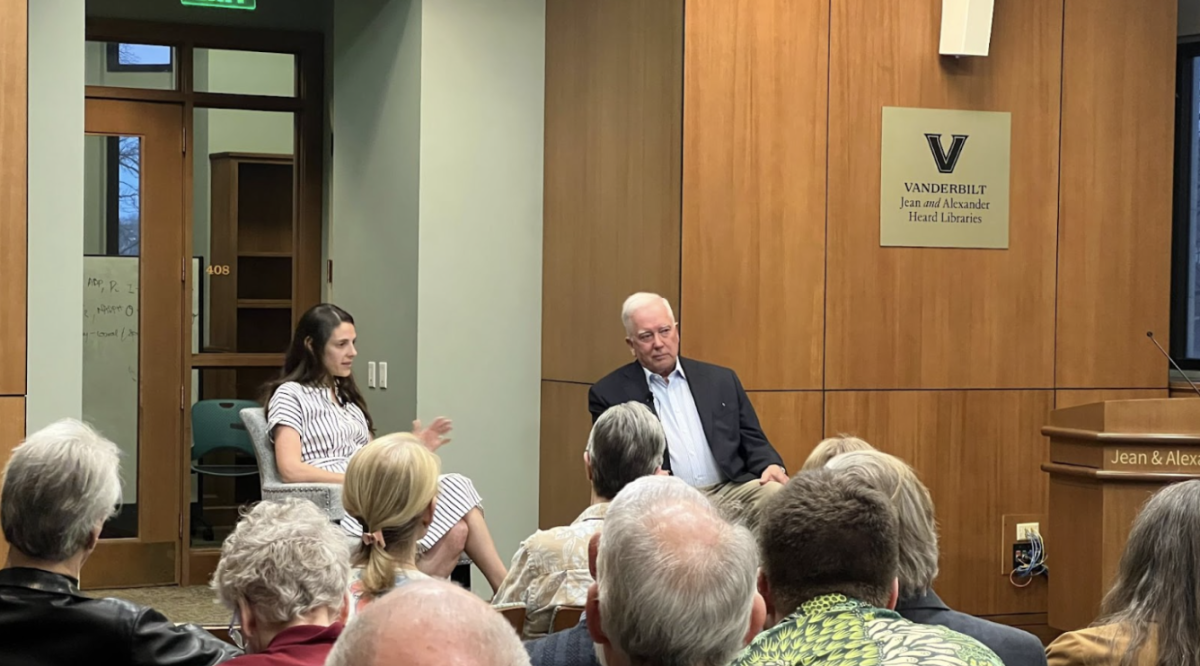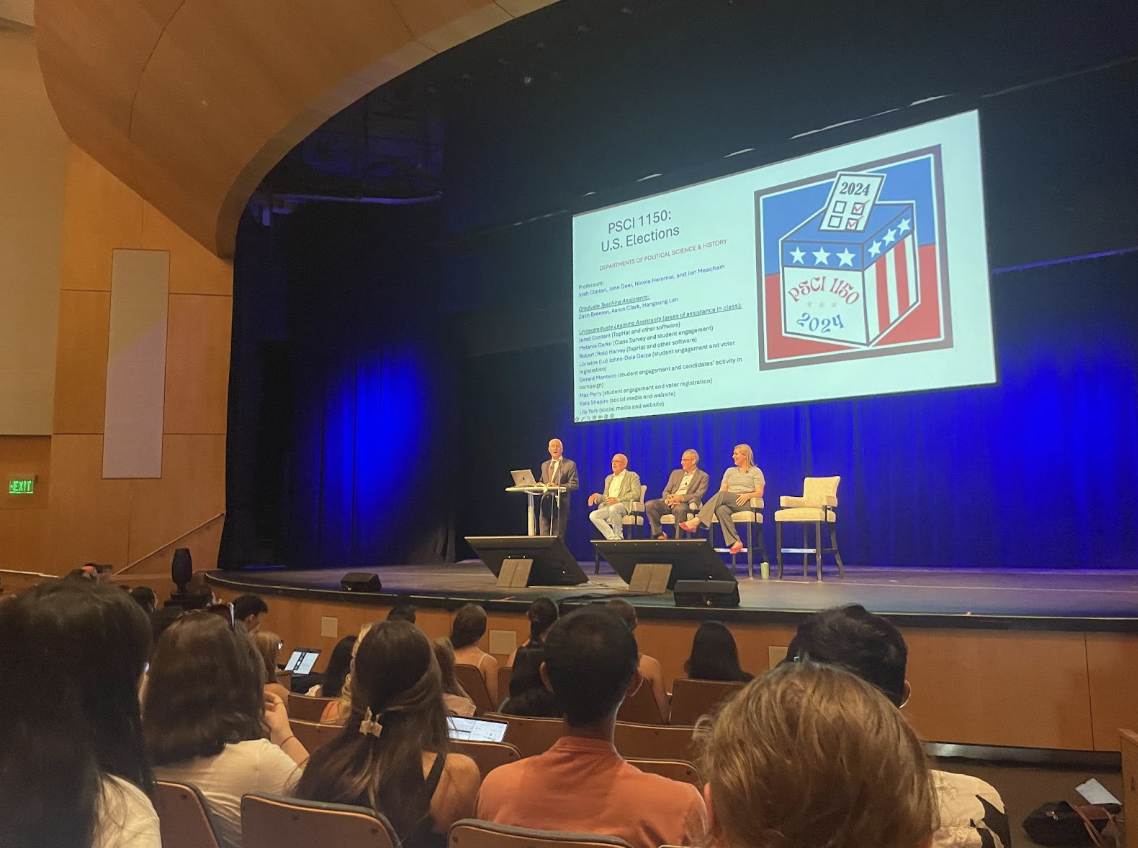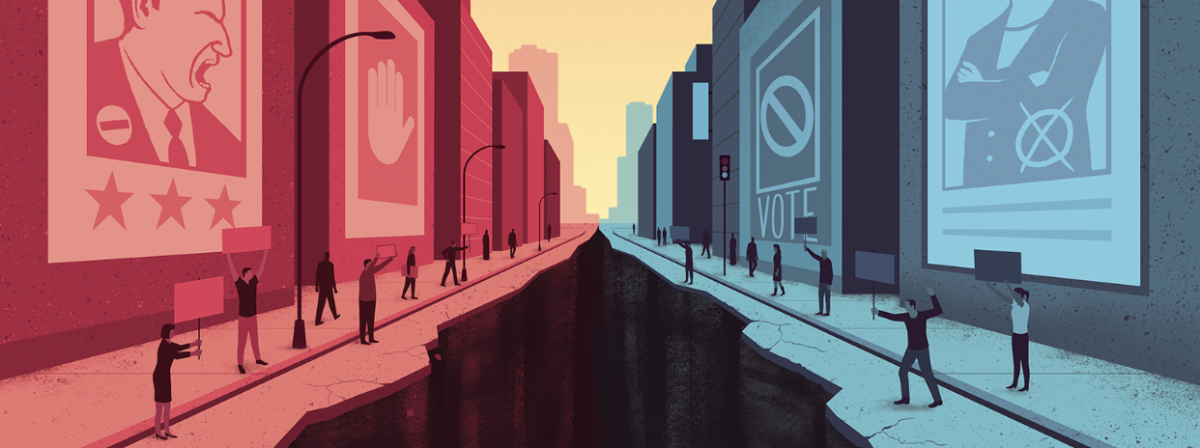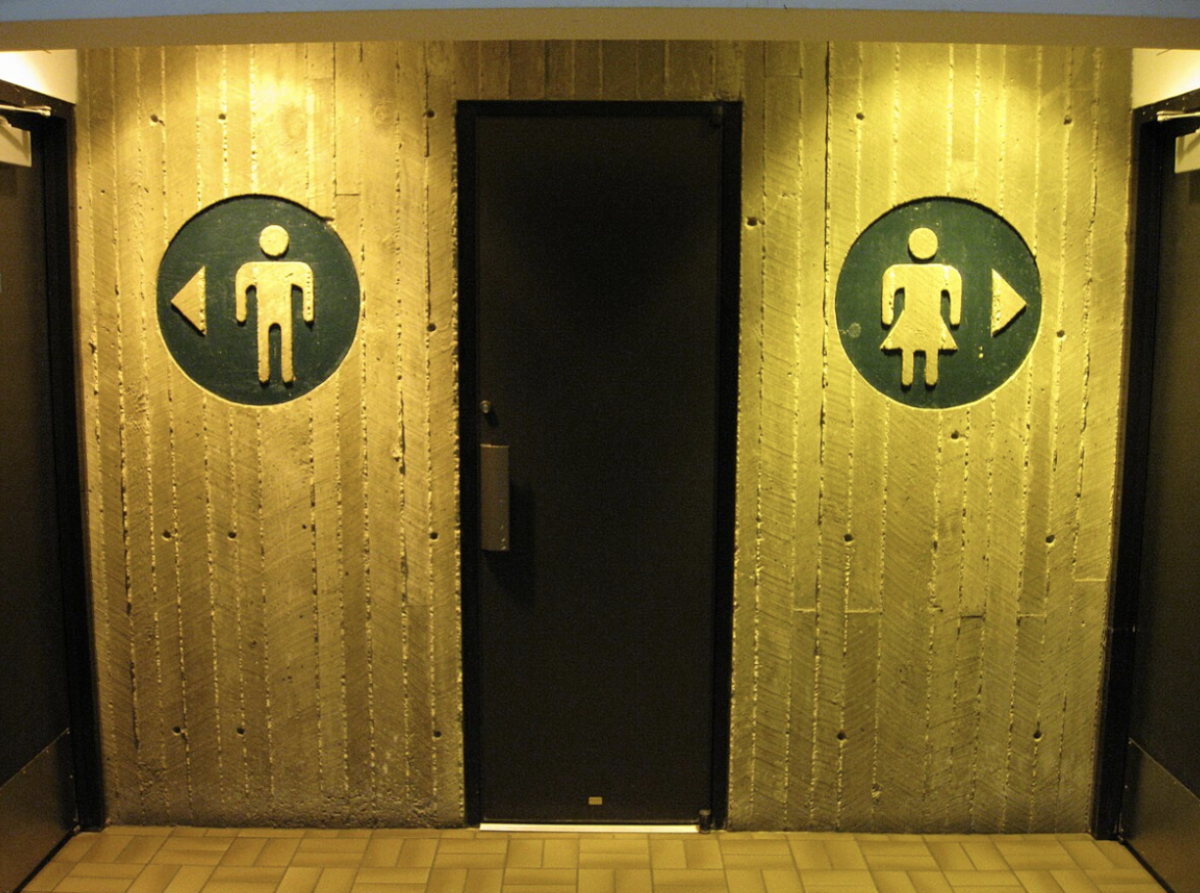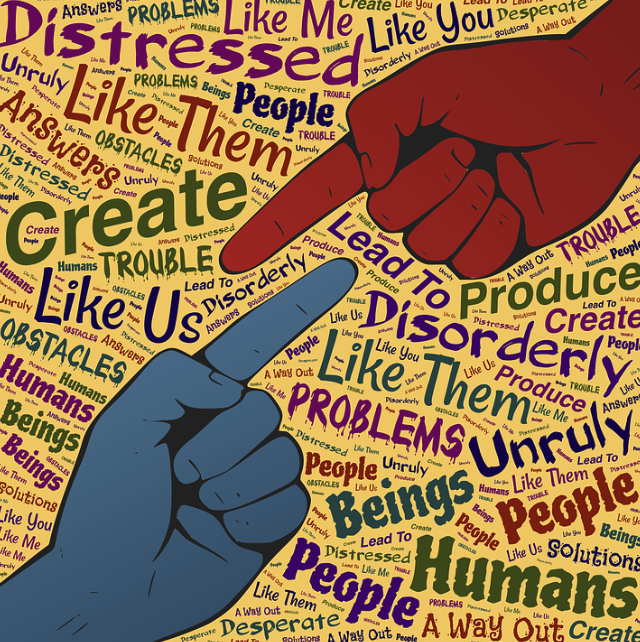On March 27, 2018, Vanderbilt University released their admissions decisions for the Class of 2022. Students may be surprised by this year’s results – a drop from 10.9 percent in 2017 to the single digits.
“In 2008, we admitted 35 percent of applicants,” said Chancellor Nicholas Zeppos. “We are still crunching this year’s numbers, but we believe for the first time in Vanderbilt’s history, our undergraduate admissions rate for the Class of 2022 will drop into the single digits.” More and more colleges are boasting admissions rates under 10 percent, including Massachusetts Institute of Technology (8 percent), Princeton University (7 percent), and Yale University (6 percent). Schools such as Harvard University and Stanford University boast acceptance rates around 5 percent.
It seems like every year, the admissions pool gets bigger, filled with even more talented and accomplished students. The class of 2022 is no different: 100% of applicants earned significant honors or held major leadership positions, while 95 percent of regular decision admittances were in the top 10 percent of their graduating class. From last year, this year’s mid-50 percent SAT score for regular decision admittances went up by 20 points for reading/writing (now from 730-780) and 50 points for math (now from 770-800). Just from these statistics alone, it’s easy to gleam how competitive college admittances have become.
Of course, students are applying to more schools than ever before, a trend that can at least partly explain the increasing competitiveness of college admissions. Social norms seemingly pressure every teenager to go to college, regardless of whether or not college is a good fit for them, their interests, and their career goals. According to Inside Higher Red, nearly 90 percent of millennials who graduate from high school attend college within eight years. A college degree has become the new high school diploma in terms of job qualifications. Not only are more people applying to college, but the number of schools they are applying to is increasing. Over winter break, I volunteered to sit on an alumni panel for my high school. I was shocked to learn that students who had graduated a mere three to four years before me had only applied to three or four colleges. Comparatively, my friends and I applied to at least 10 schools last year. According to the National Association for College Admission Counseling, only 9 percent of students applied to seven or more colleges in 1990. Now, that number is closer to 40 percent. In a New York Times article, they found that 10 college applications are now commonplace, while 20 to 30 applications are not unheard of either. Vanderbilt received nine percent more applications than last year, and it’s unlikely that this increase in applications is merely a result of Vanderbilt’s US News Ranking improvement.
As a senior in high school, I attended a college information session for a top university, and one admissions representative told us, “If we were to choose a completely different 1,500 applicants to come to our school, we’re sure our class would be just as diverse and distinguished than the 1,500 we actually extended invitations for.” It’ll be interesting to see how increasing college costs impact the trend for college admission rates in the future, and whether the current declines in admissions rates will continue. It also remains to be seen whether these decreases in admissions rates will pressure more teens to apply Early Decision, a process with an admission rate almost 3 times higher than the admission rate for Regular Decision.

